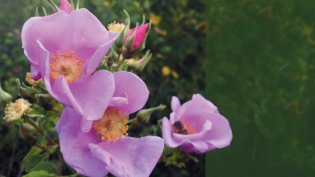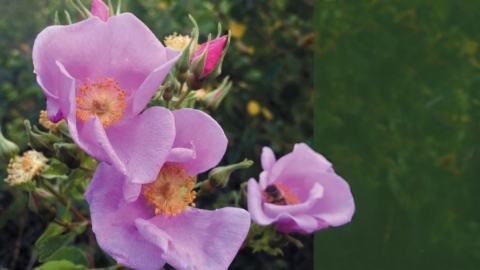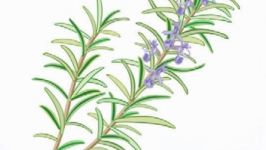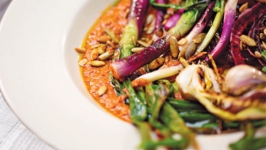Eat the Weeds
Rethinking Invasive Plants as Gourmet Food
In the springtime, the local hills all across Southern California are increasingly becoming covered in bright yellow flowers. Those are members of the Brassica family, or wild mustard—the wild counterpart to all of our cruciferous vegetables (kale, broccoli, cabbage, cauliflower, etc.). Our hills didn’t always look that way this time of year. These invasive plants, originally from the Mediterranean, are taking over our native habitats faster than we can figure out what to do with them.
The term “invasive” is used for anything that seems to take over resources of native plants and change our landscape. These complex-flavored plants, some pleasantly reminiscent of wasabi, are pulled out, sprayed and destroyed in every garden and landscape and even our natural open spaces. Interestingly, these nutritious weeds tend to follow human populations across the globe. Maybe nature is trying to tell us what we should be eating.
With nutrition that surpasses top superfoods such as kale and spinach by 200-300%, these disregarded plants deserve a place on our plate. In studies on modern indigenous cultures, traditional wild foods have been shown to be nutritionally superior to store -bought produce and contain higher concentrations of polyphenols and antioxidants, which are vital for improving and maintaining proper health.
By rethinking their role on the table, we can explore new territory in terms of a culinary experience. With rarely used textures and flavors, weeds open up an untapped wealth of creative uses that can look impressive on a plate, and also initiate the discussion of our relationship to food and its impact on the environment.
Some of our other local superfoods of interest that are showing up right now are dandelion, nettle, lambs’ quarter, mallow, chickweed, purslane and bur chervil. All of these offer unique flavor and textures to a dish.
And best of all, these plants don’t have to be limited to use by the most creative and adventurous chefs—they are accessible to the home cook as well. It is here that we can begin shifting our connection to the environment with our food choices.
Besides, how nice it would be to weed the garden and have fresh produce ready for dinner at the same time?









